English classes typically force students to read books filled to the brim with text, not pictures. But this year, the graphic novel Maus by Art Spiegelman joins literary classics like Lord of the Flies and Macbeth in the 10th grade English curriculum, much to the enjoyment of teachers and students alike.
Sophomores are reading both volumes, Maus I and Maus II. The plot of both books switches between scenes of the author interviewing his father and scenes of the father’s experiences during the Holocaust. The first book sets up the story and only takes the reader as far as the concentration camp, but the second one takes the reader much further.
The title is derived for the German word for mouse, the animal the author uses to portray the Jews, with the German Nazis fittingly taking the form of cats. The images are integral to the story, and teachers take time to analyze the illustrations and how they complement the text. “It helped to have a view of [what was happening],” said sophomore Karen Valde. ” It kind of got confusing because of the two stories going on [at the same time],” said Valde.
Sophomore Peggy Renier couldn’t agree more, stating she liked the first book better because she knew more of what was going on. Both books were confusing at parts, and she was thankful for the pictures, she said.
English teacher Ms. Kari Koshiol finds it to be an exciting change of pace, as more students are coming to class prepared to contribute. “Kids were honest to goodness excited to read it,” said Ms. Koshiol. Students were so drawn in, that many were asking to read the second book before she had finished teaching the first. Even several self-proclaimed non-readers liked it, Ms. Koshiol said.
Mr. Backen explains students’ interest in reading Maus by citing its gripping plot, but he especially enjoys not having to motivate students to read it. “Students love it naturally,” said Mr. Backen.
Sophomore Ned Meeker found reading a graphic novel to be a refreshing change. “The images weren’t exactly haunting, but they change your perspective,” Meeker said. He found part one to be very informative, but was distracted by new aspects brought out of the father in the second book.
“[Maus] is in the form of a comic book, but not funny,” said sophomore Krista Dammen. She also said that the pictures showed what was happening much better than text could, and made reading much easier.








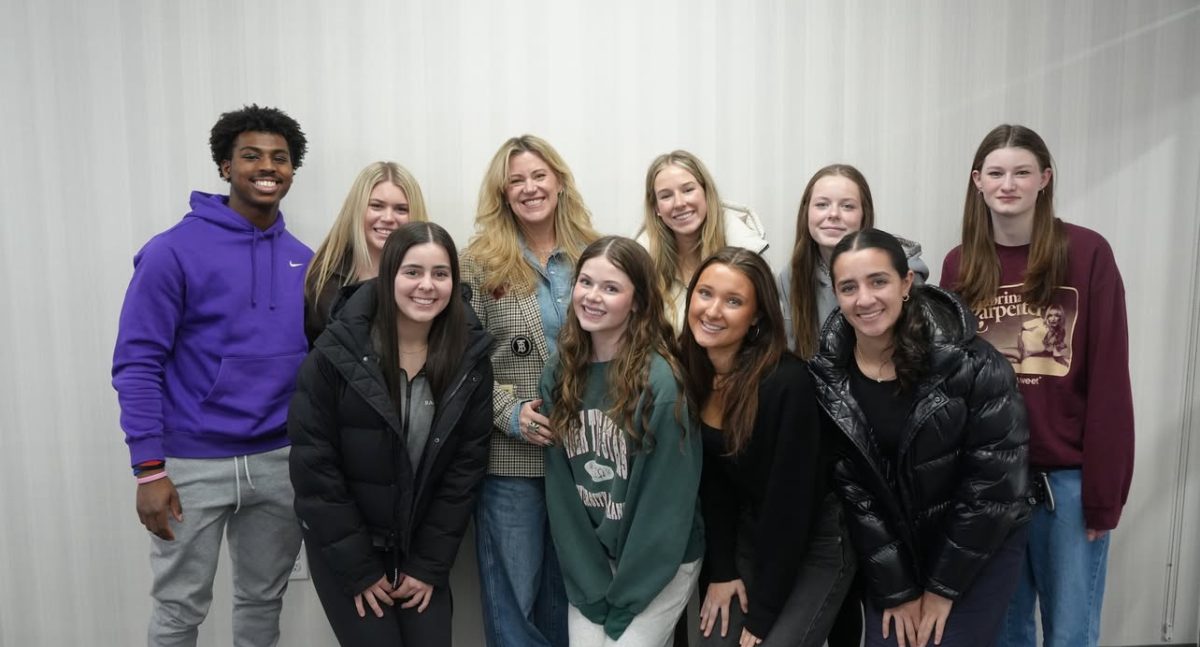
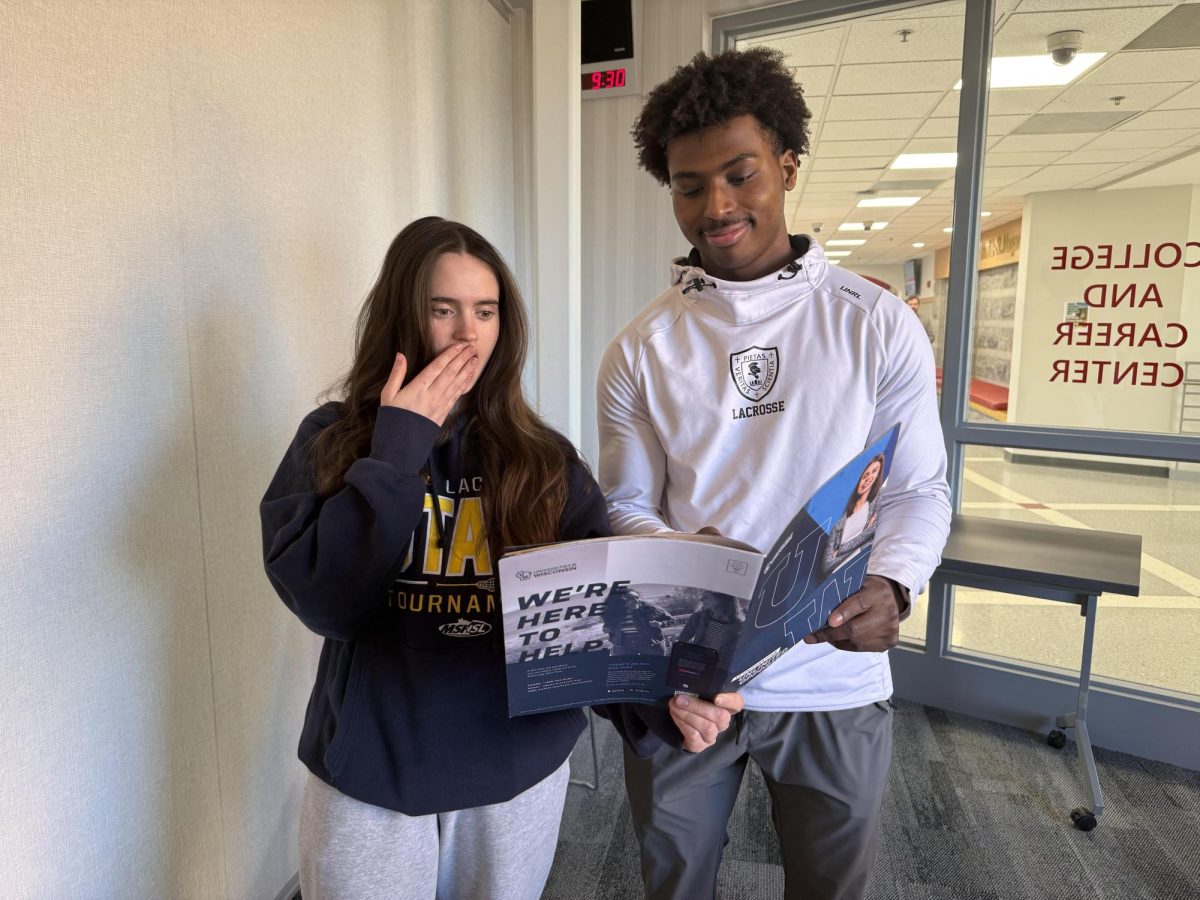




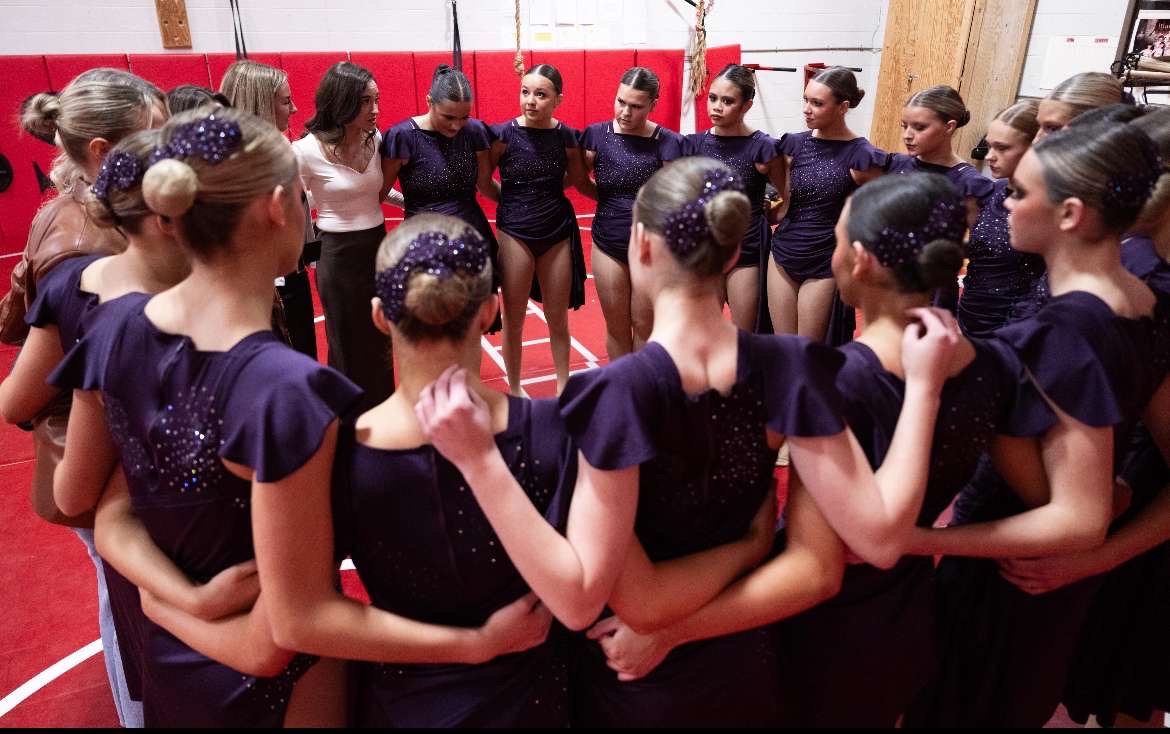
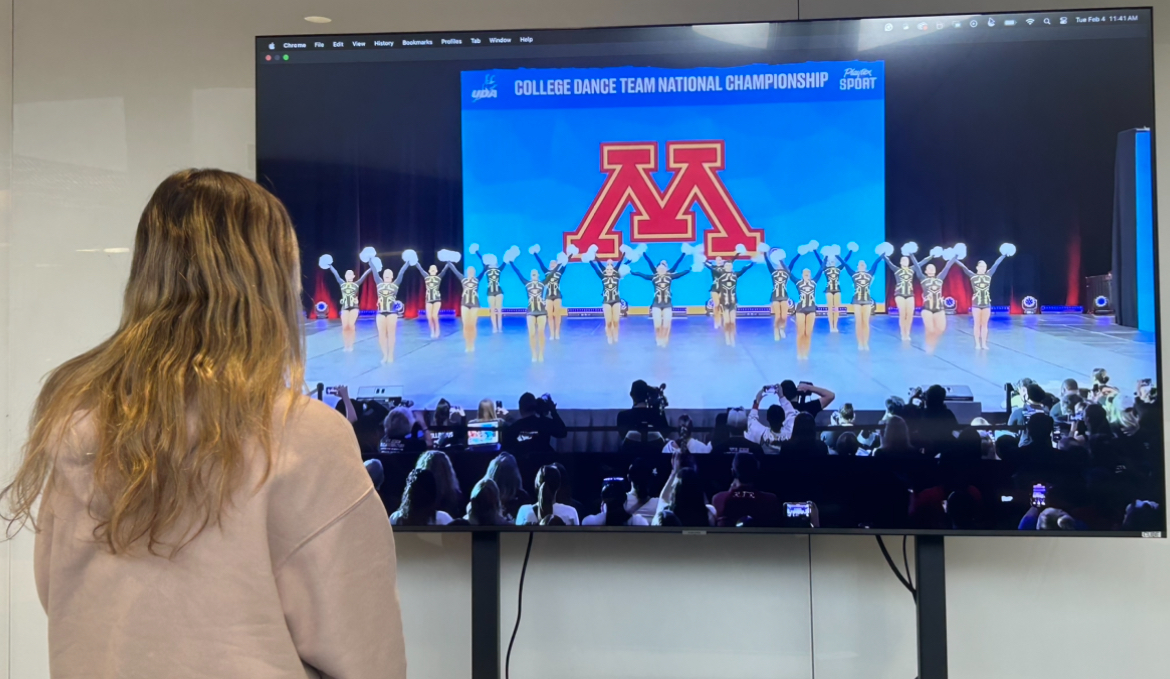




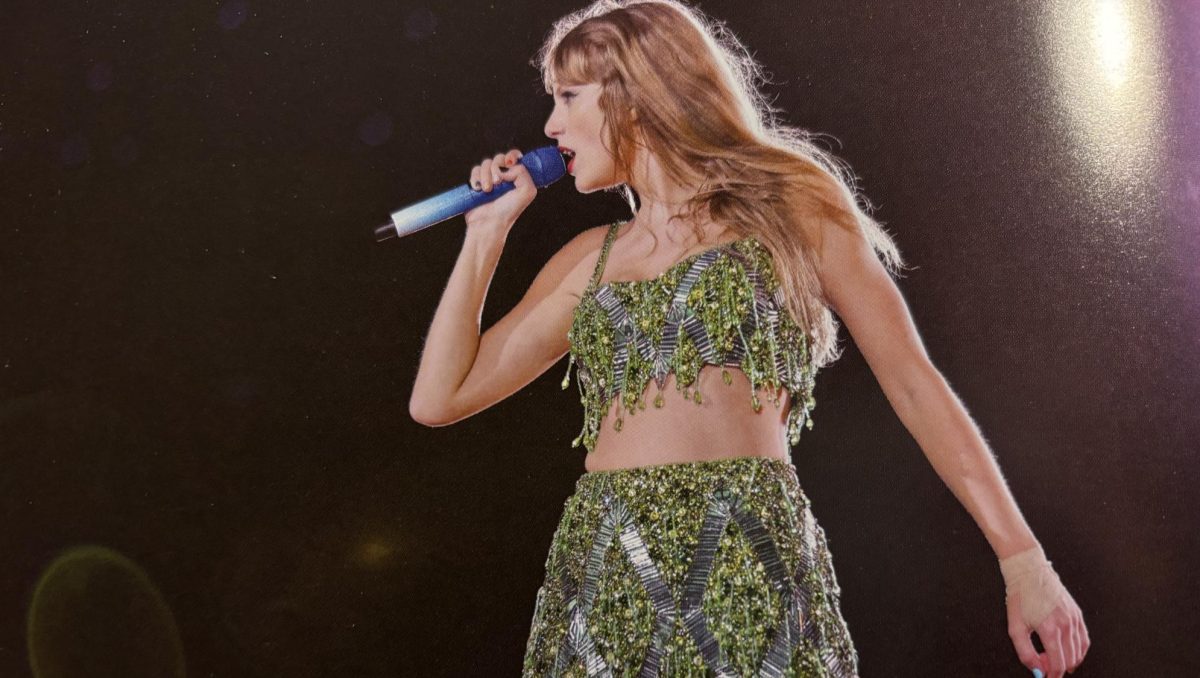
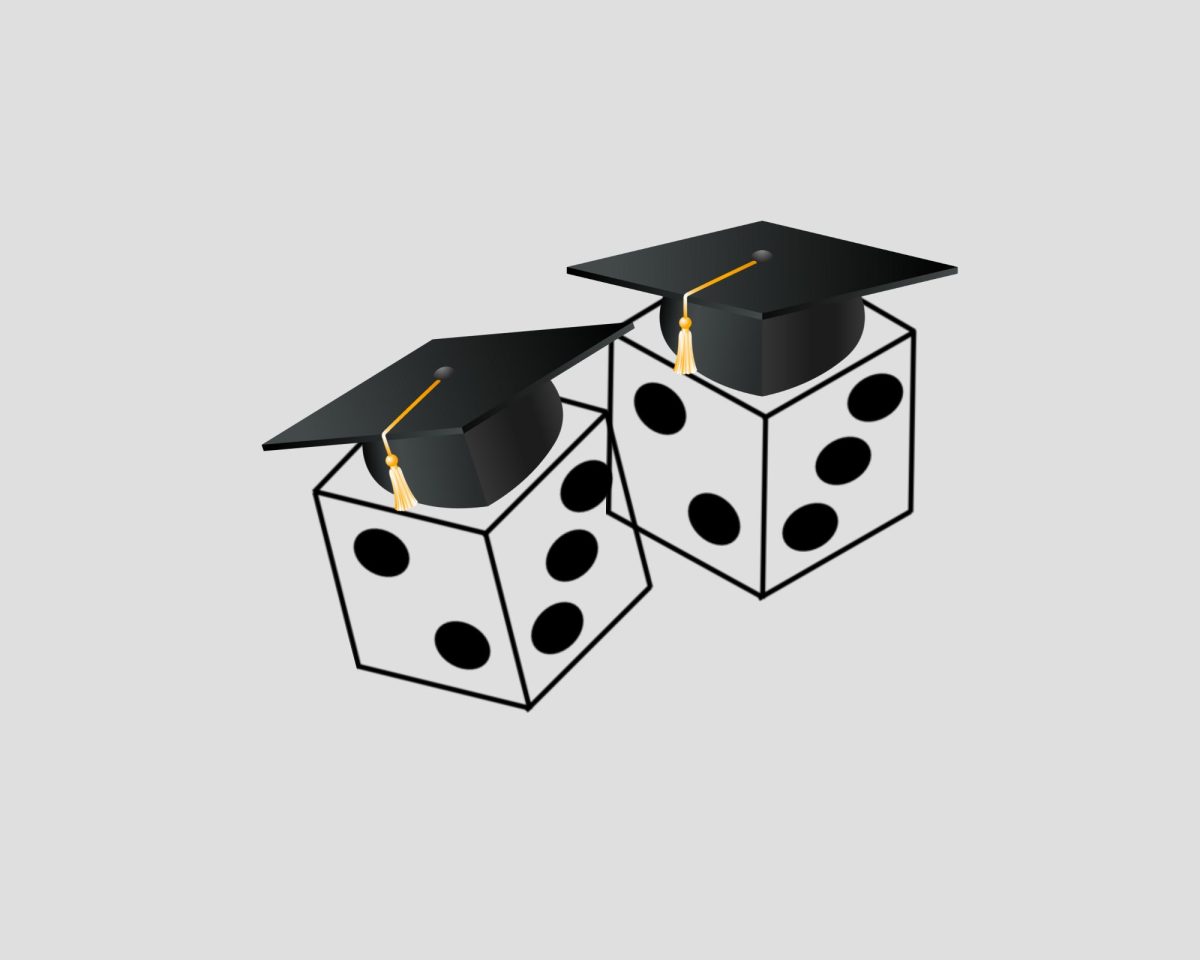

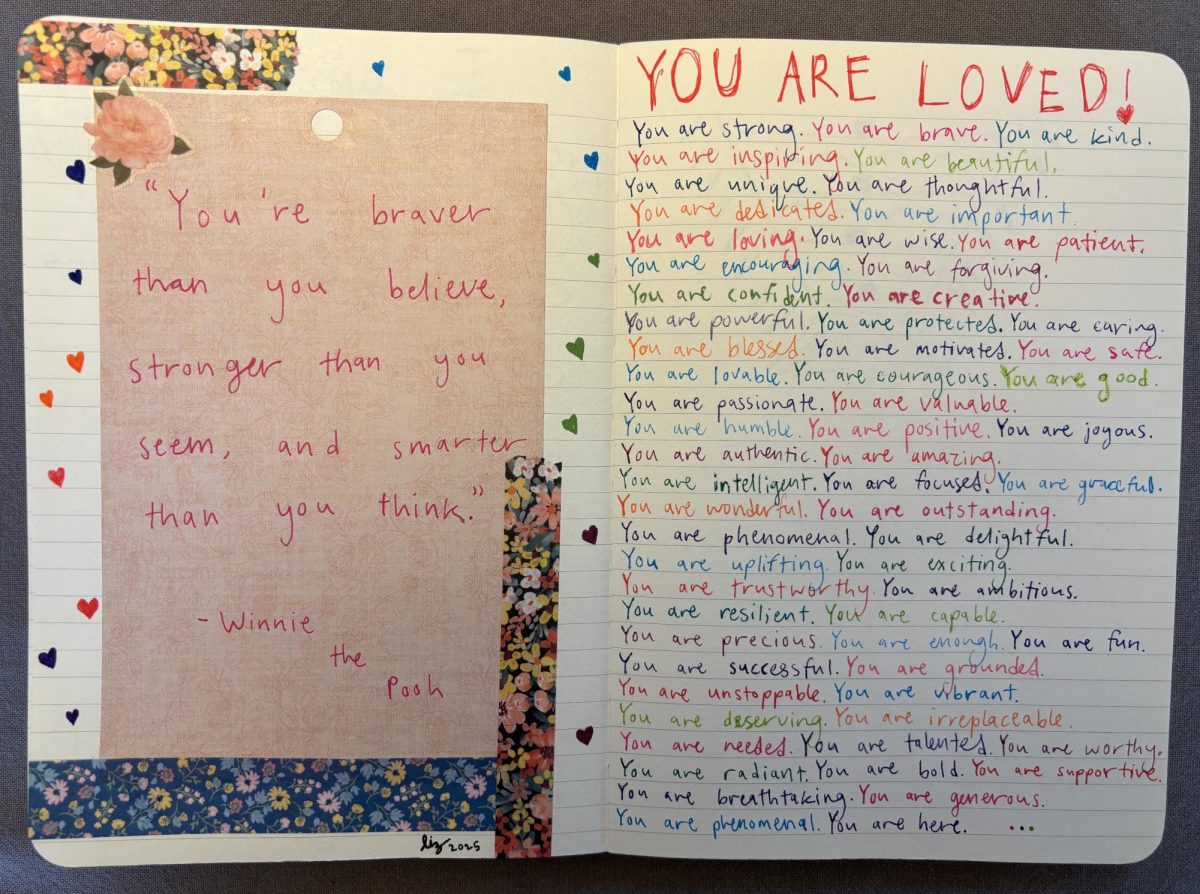

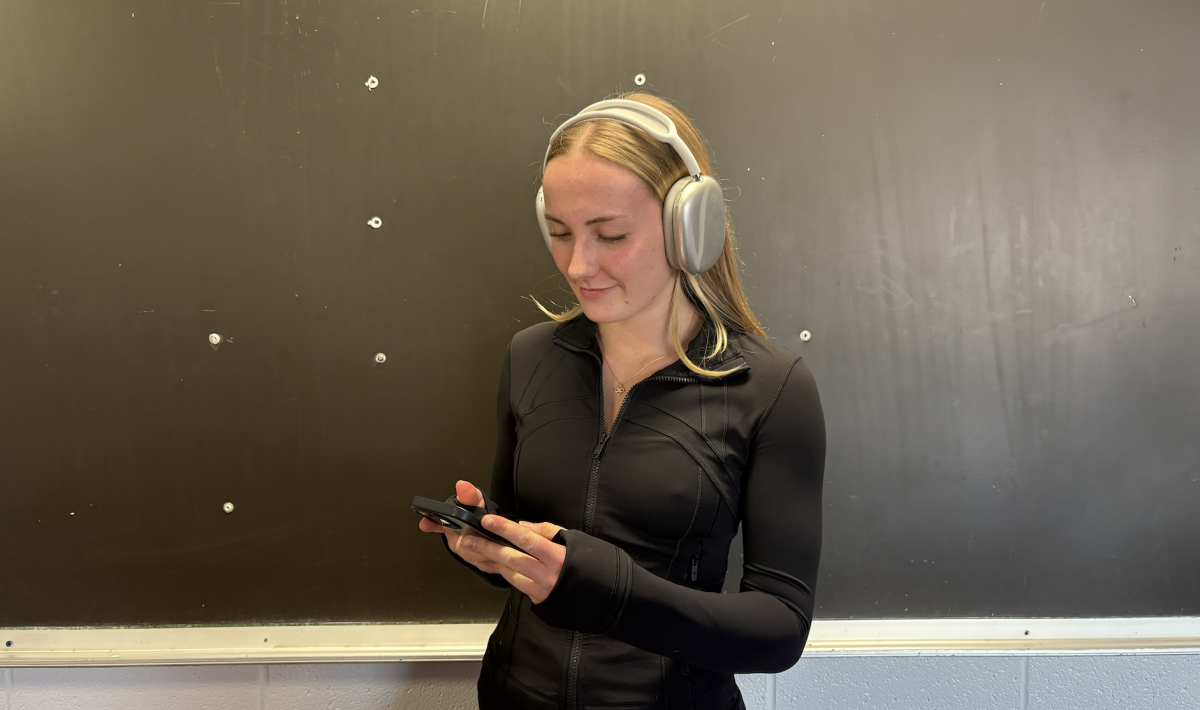


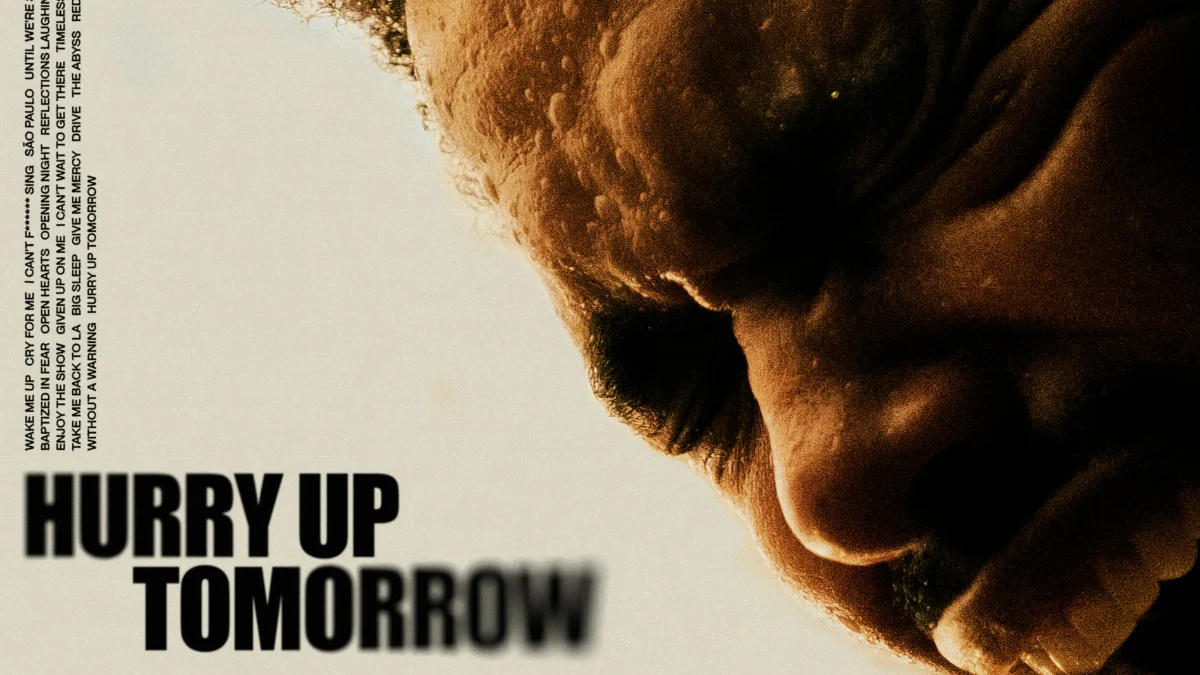
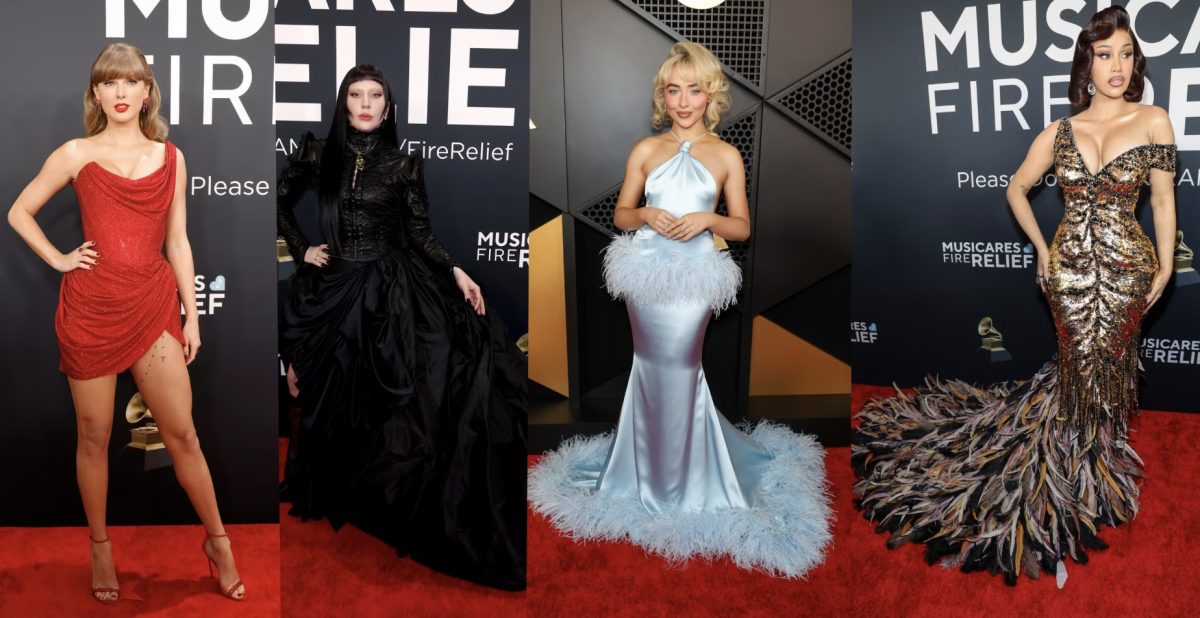






![Teacher Lore: Mr. Henderson [Podcast]](https://bsmknighterrant.org/wp-content/uploads/2025/03/teacherlorelogo-1200x685.png)





